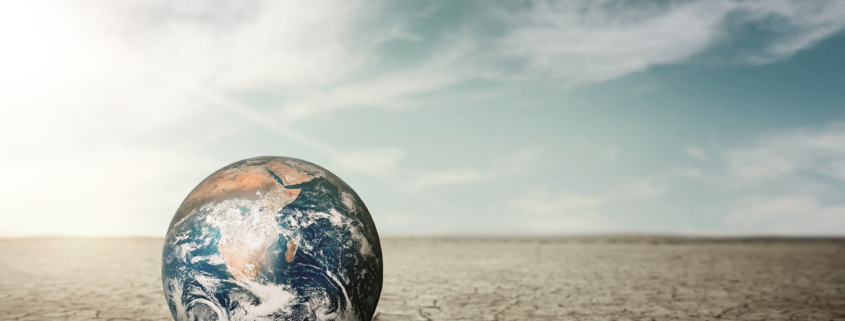Climate change: Changing weather patterns confirm its arrival
Written by Wattcrop.
As the seasons shift and weather patterns become increasingly unpredictable, the undeniable truth of climate change becomes more apparent. The Earth’s climate has always been dynamic, with natural variations occurring over centuries. However, the rapid and extreme changes we are witnessing today cannot be solely attributed to natural causes. The evidence is mounting, and it is clear that climate change is knocking at our door, demanding urgent attention and action.

Rising temperatures and heat waves:
One of the most striking signs of climate change is the steady increase in global temperatures. Year after year, record-breaking heat waves have become the new normal. From scorching summers to sweltering winters, we are experiencing extreme temperatures that are taking a toll on ecosystems, human health, and our infrastructure. Heat-related illnesses and deaths have increased sharply and vulnerable populations are particularly at risk. Climate change is pushing us to adapt to a world that is hotter than ever before. And somehow we are realising that the four seasons we have always known no longer exist. Spring and autumn are a thing of the past, summer and winter are no longer as we knew them, and we as humans must learn to live differently.
Changing rainfall patterns:
Climate change is also altering precipitation patterns, leading to increased rainfall in some areas and prolonged droughts in others. Flooding has become more frequent and intense, causing damage to homes, infrastructure, and agriculture. At the same time, areas that rely heavily on rainfall for agriculture face water scarcity, crop failures, and economic difficulties. So how likely is agriculture to become extinct? How likely is it that the uncertainty of weather patterns will push farmers to seek more secure sources of income? But can man live without agriculture? Thousands of questions arise and one is the answer: Climate change is the most serious threat to the modern world and seeks an immediate solution.
Melting ice and rising sea levels:
 However, the undeniable signs of climate change are also evident in the Arctic and Antarctic regions, where ice is melting at an alarming rate. As these ice sheets shrink, sea levels are rising, posing a threat to coastal communities and low-lying islands. Flooding and saltwater intrusion threaten freshwater sources, while vulnerable ecosystems such as coral reefs are threatened with extinction. The consequences are not limited to distant regions; the effects of melting ice are being felt globally, affecting weather systems, ocean currents, and, ultimately, the stability of our planet.
However, the undeniable signs of climate change are also evident in the Arctic and Antarctic regions, where ice is melting at an alarming rate. As these ice sheets shrink, sea levels are rising, posing a threat to coastal communities and low-lying islands. Flooding and saltwater intrusion threaten freshwater sources, while vulnerable ecosystems such as coral reefs are threatened with extinction. The consequences are not limited to distant regions; the effects of melting ice are being felt globally, affecting weather systems, ocean currents, and, ultimately, the stability of our planet.
The changing weather patterns and seasons we are experiencing are undeniable indicators of the threat of climate change. The scientific consensus is clear: human activities, in particular the burning of fossil fuels and deforestation, are driving these changes at an unprecedented rate. The consequences of inaction are dire, affecting every aspect of our lives, from food security and water resources to human health and biodiversity.
Tackling climate change requires collective action on a global scale. Governments, industries, communities, and individuals must come together to reduce greenhouse gas emissions, switch to renewable energy sources and adopt sustainable practices. We must invest in climate resilience, protect vulnerable populations, and conserve natural resources. Only by recognizing and addressing the reality of climate change can we hope to mitigate its effects and ensure a sustainable future for future generations.
“The time to act is now. Let’s open the door to a greener, cleaner and more resilient world, where changing weather patterns are not a threatening reminder of climate change, but evidence of our unwavering commitment to preserve and protect our planet.”





